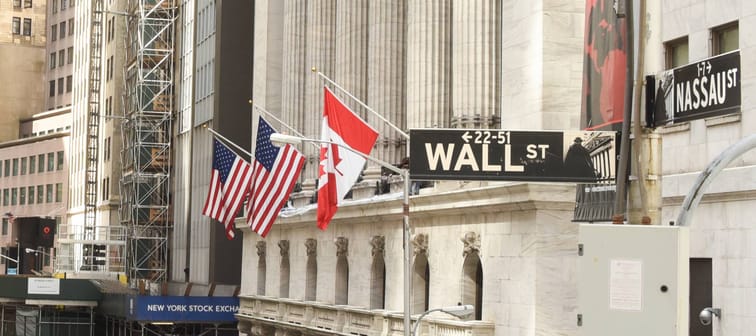What is a Canadian Depository Receipt?
Canadian Depository Receipts were first rolled out by CIBC last July. They’re essentially Canadianized versions of the American Depository Receipts U.S. investors have been using to buy shares in foreign companies since 1927.
Even though Depository Receipts are new to Canada, they’re an established product. CIBC says the global DR market is close to US$1 trillion.
Every Canadian Depository Receipt represents a number of fractional shares in a global company. They’re sold in Canadian dollars on the NEO stock exchange, one of the TSX’s many competitors.
Most CDRs initially sell in the $20 range and can be purchased the same way, and in most of the same places, you’d buy any other stock.
To date, CDRs have been launched for 18 U.S. companies:
- Advanced Micro Devices
- Alphabet (formerly Google)
- Amazon
- Apple
- Berkshire Hathaway
- Costco
- IBM
- JPMorgan
- Mastercard
- Microsoft
- Meta (formerly Facebook)
- Netflix
- Paypal
- Pfizer
- Salesforce
- Tesla
- Visa
- Walt Disney
An interesting quirk of CDRs is that the number of shares they represent varies from day to day. That’s because of a mechanism known as a CDR ratio, which adjusts automatically in response to the value of the Canadian dollar. If the dollar strengthens against the U.S. greenback, a CDR will represent a larger number of underlying shares; if it weakens, the CDR will be worth a smaller number of shares.
In the near-term, the CDR ratio can help reduce the volatility associated with exchange rates, says Jason Pereira of Woodgate Financial in Toronto.
“But the problem with that is it cuts both ways. The Canadian Dollar rallies, you protect yourself. The U.S. dollar rallies, you don't get the upside,” he says.
A better online investing experience
Easy to use and powerful, Qtrade's online trading platform puts you in full control with tools and resources that help you make well-informed decisions.
Invest NowHow are the returns on CDRs?
It’s important to remember what CDRs are when contemplating expected returns: They reflect the value of the stocks they represent.
The early performance of CDRs has been mixed – just as U.S. stocks themselves in recent months.
While CDRs track the price of their underlying stocks, they don’t always reflect them perfectly, because they are trading on different markets from the original stocks.
For instance, the value of Tesla’s CDR is up 33% since August, while the underlying stock is up 33.9%. Disney’s CDR has lost 22%, while the underlying stock fell 21.5%.
Canadian Depository Receipts expose you to the same volatility as typical stock picks, so if you dip your toe into the market this year, be prepared. As always, the value of your purchases could take a hit.
And if you're looking to hedge those investments with something almost certain not to move with stock markets, consider fine art.
It's a class of investment that has been limited to the wealthy until now, but thanks to a new trading platform, you can invest in blue-chip artworks at almost any price point.
Sponsored
Trade Smarter, Today
Build your own investment portfolio with the CIBC Investor's Edge online and mobile trading platform and enjoy low commissions. Get up to $100 in commission-free options until October 31, 2024.







